Back To The California Coast
A watery extract from our photo book, Pathways.
Below is an extract from our Pathways book - you can learn more about the project and order a copy by clicking here.
Enamoured with foreign landscapes and the promise of escape, it is difficult to resist the romance of distant shores. Some of these yearnings may remain idle, little more than wanderlust-infused daydreams, while others are enough to see us journey into the unknown. Yet, as glorious as the new and undiscovered may be, once we have explored a destination (living like a local and venturing beyond the tourist trail), it’s not uncommon to find that there are certain spots we can’t help but return to. While first encounters are marvellous, following a pathway back to the familiar can be just as inspiring.
Photographer Virginia Woods-Jack has visited the Californian coast on many occasions, enthralled by its natural wonders and soulful inhabitants. Seeing her depictions of Venice Beach, with its laid-back surfing vibes, and the mellow scenes of the Encinitas area, it’s not difficult to imagine why.
From her first visit to these glowing shores, Virginia felt like she was coming home; somewhere she hadn’t been for a while that was familiar nonetheless. With the beauty of the scenes and the calm of the people observed remaining constant, each visit was a reminder of that first encounter – a chance to once again capture smiles, soft light and rolling waves. However, Virginia’s lens was also drawn to the subtle changes in the landscape, the shifts in mood and colour that arose with the turning seasons. Over time these changes helped bring the setting to life, elevating it from mere ‘holiday destination’ into something alive and ever-evolving. And so, with each return Virginia asked herself the same question – what would life be like if this was truly home?
It is by revisiting certain destinations that we are able to reflect on the pathways we have chosen: where we find ourselves, where we have been and who we wish to be. From here, far from the constraints of the everyday, we can do more than recall fond memories or sate our inner vagabond. We can instead focus on the minute, appreciate the altering patterns and perfection of nature and plot future journeys surrounded by a setting that remains strangely familiar. We know the scenes before us will transform before we return, and we might too – the sense of possibility forever promising.
Words by Yvette Edwards and photographs by Virginia Woods-Jack.
The Playground of the Gods
Hiking in Hokkaido.
An extract from the Japan magazine - words by Kasra Lang & illustrations by Marina Marcolin
Mount Asahidake, the highest point of this wild island, rose up before me in a great mass of black ash and eternal snow. The volcano hasn’t erupted for 200 years but the smell of sulphur still stings the nose. I stood on the edge of Sugatami Pond, one of many lucid pools that mark this marshland, and watched as the fog thickened around the slopes. The water at my feet was like glass, without crease or wrinkle despite the rain, almost mythical, and I was struck by an urge to kneel and drink from it. I refrained, of course - it would have sooner made me sick than strong - but perhaps I should have, for in the end I would need the courage. A typhoon was coming in from the Pacific and I had five days to walk the crescent spine of the national park before it made landfall over Honshū and climbed the length of Japan towards Hokkaido. At last I tore myself away from the spectral water and set off eastward, my hood pulled low over my eyes.
I passed no one on the way up, moving through slanted plains of crumbling volcanic glass which turned to ash as I climbed higher. Before long everything I could see seemed to reflect back to me in negative, divided between the black earth and a white sky. Indeed the only colour in that monochrome world was the moss growing under the rocks, glowing like green jewels, almost fluorescent as if to compensate. Then, further up still, the mountain broke out into a flush of red and pink, the primordial evidence of vast lava fields and the molten wasteland it had once been.
When I squinted it was as if the earth itself was burning. The summit, when I finally reached it, was exposed to the wind and rain and I did not stop to rest. Instead I scrambled in wide strides down the other side of the treeless mountain, digging my heels into the loose ground. Only the occasional lick of yellow paint marked the onward trail, which soon disappeared beneath a vast snow plain that stretched out into the mist without apparent edge or end. Somebody had attached a rope to lead the way but it too vanished only a few steps ahead. The scene felt like a warning, a border I shouldn’t cross. But I held the rope with both hands and walked out, testing the strength of the ice with every step. Halfway across, with the whole world washed clean of form or feature, unable to see where I had started but with the end not yet in sight, I felt blind and afraid. The only evidence that I was on earth at all was the mud I left trailing across the ice. When I finally reached the other side, I looked back and knew I had crossed a frontier from which I could not return. From then on I would only leave these mountains by walking out of them on the other side.
Shortly before sunset the mountain hut I was looking for emerged from the fog and I lunged impatiently towards its sodden door. Making a space to sleep in the corner of the bare room, I boiled a pot of water for a quick meal, wrung out the sweat and rain from my dripping clothes, and draped them over the rafters. Then I scribbled
Where the hell am I?
into the margins of my damp journal and fell asleep as soon as it was too dark to see.
In the morning, as if in reply to my fevered note, the sun came out, revealing at last where I had spent the night. The shelter was built on the northern crest of a narrow plateau, easy terrain and brilliantly green. Revived by the light, I walked for a few precious hours flanked on one side by cliffs and clouds that masked the depths of the fall and on the other by the surviving snow. I settled into a metronomic stride up and over Mount Chūbetsu, my blood pumping in a paired rhythm. My clothes were finally drying and I was growing confident; it was even sunny enough to burn my ears. But by the afternoon the clouds I had looked down on rose to meet me, and this time, although I did not yet know it, the fog would not lift again.
I slept that night by the shore of a large crater lake. Its water, reflecting the sky and the snow on the slopes, rippled white as milk. During a break in the rain I ate my dinner barefooted on the beach and buried my toes in the sand, hoping to shock them back to life after the afternoon’s numbing tramp through the mud. It half worked, and I went to bed feeling determined and resolute, exhilarated by the wild weather and the presence of mind it demanded of me.
The next morning the fog was thicker than ever, laced once more with black rain. Beneath the shadow of Mount Tomuraushiyama, I heard the sound of a bell - used by walkers in these mountains to warn the bears of one’s approach - and quickened my step towards it. Eventually two silhouettes appeared from the mist. Surprised to find me alone, the two men treated me like a lost lamb and offered me, in true Japanese fashion, almost all the food and water in their pack and even a kit to repair my torn trousers. I knew to refuse - one should never take another hiker’s provisions - but their presence alone comforted me and I prolonged the encounter as much as the language barrier allowed. They were homebound men in a way that I was not, and they knew it too; as I walked away I could feel them watching me, wondering if it was wise to let me leave at all.
I spent the rest of the day following my feet through the valleys, my sense of distance and time distorted by my sightlessness. With nothing of the outside world to stir the mind, my thoughts increasingly turned inwards, and I repeated the three Bashō poems I knew like a prayer. The land, shorn of its detail, seemed to echo the very essence of his haikus: austere and exact, giving me no more and no less than I needed. In other ways it was the physical manifestation of a Zen kōan, designed to provoke doubt in the whole enterprise. In that it succeeded; it was getting harder and harder to tease out meaning from that shrinking world. “Walking”, Rebecca Solnit wrote,
“is how the body measures itself against the earth.”
But what am I to do when the earth itself is hidden? And what if my body, denied the anchor of the horizon line, begins to vanish too?
By the afternoon I had run out of water, the streams that my map promised having never materialised. I paced on through the thicket and gathering storm, shouting now and then to alert the bears, continuing long into the first hour of darkness. When I could walk no further I found a small patch of flat earth softened by the rain and set up my tent. I ate a couple of oat bars to placate my hunger and tried to fall asleep quickly to forget my thirst.
With the dawn came a pounding headache. I sipped all the dew I could from the morning leaves and set off gingerly into the dull light. After an hour I reached a swollen stream and drank several litres squatting on my heels in the orange mud. To the southwest loomed Mount Oputateshike and I had no choice but to climb it; the path offered no shortcuts and to forge one of my own would have been suicide.
As I left the valley’s protection the wind grew so strong that I had to turn my back to it simply to breathe and soon it took all of my waning strength to walk at all. Every gust threw me sideways, whipping flints of ice into my face. The steep hairpin trail, littered with flaking pumice rocks, disintegrated beneath my feet. As I climbed higher the wind grew angrier still and it suddenly caught the rain cover of my pack like a sail and flung me backwards, sweeping my legs from under me. I heard the sound of something snapping: my walking stick, hanging in half, had broken my fall. I watched my rain cover fly away down the mountain, like a kite I would never see again. I don’t know how much time passed before I reached the peak. But there, instead of coiling downhill as I had hoped, the trail followed the ridge of the mountain. Parts of it were no more than a yard across, sinking into nothingness on either side. One wrong step would be my end. I had no choice but to fall to the ground, breathing heavily with my cheek in the mud, and crawl like a soldier from cover to cover. My naked pack, acting now as a sponge for the rain, felt like a boot pressed against my spine and I had to use all my experience to fight my rising panic. Don’t stop, I thought.
Don’t stop.
The full version of this article appears in Lodestars Anthology Japan.
The India Magazine
Looking back at the Lodestars Anthology India issue.
We’re at home - like so many right now - and looking back at past projects while pondering what will come next. Before being forced to slow down like this, it felt like we were running from project to project (which was glorious in its own way), falling utterly in love with the country we were exploring, before being overtaken by wanderlust anew.
Thinking about the adventures we’re embarked on, the tales and work amassed, the people we’ve met, has been surprisingly comforting - it’s not often that we take the time to pause and remember, to be excited by what we have done, rather than what we hope to do next. It has been wonderful to take stock of the beauty and passion out there, and to be reminded that when this passes - which is shall - that travel, curiosity, respect and support will be vital.
We wanted to share the editor’s letter from our India magazine (which is still available here) , as well as a few photographs from the issue. Hope the colour and besotted ramblings bring a little joy.
Creating these magazines is joyous, a chance to see the world in extraordinary detail and share the work of contributors driven by awe, curiosity and a need to create. The process is both inspiring and unpredictable, with each issue taking on a life of its own, but I can’t think of any as delightfully eccentric or lively as India.
Or as demanding for that matter - for how do you capture a country this diverse? I considered producing two magazines - North and South - or focusing on a single state, yet ultimately decided not to meddle with the Lodestars’ status quo. We would, as always, offer vignettes, snapshots of India’s attractions, culture and communities, its myriad of ever-shifting personalities. For even if our focus had been narrowed, you simply can’t do India’s immensity justice.



Understandably, selecting this issue’s featured locations proved challenging. Our best hope was to offer a geographical spread, a window into worlds which, whilst they might seem remote, are still kith and kin to Mother India. But I also made some personal choices. For me it was vital that Darjeeling be featured. The gateway to the Himalayas, this is an India far removed from the sun-baked Rajasthan I’d explored - a place where great snows fall and time seems to slow. My grandfather, Alan, spent his childhood in Darjeeling, on Nagri Farm, a working tea plantation to this day, where he remained until Partition, a time of heartbreak and violence seared into his memory yet rarely discussed. You can only imagine the horror and pain this period caused for Indians. Alan had grown up looking at the mountains, too young to be aware of the political and social ramifications of his family’s presence, yet absolutely alive to the magnificence of the world around him.
I wasn’t sure how appropriate it was to share this story, especially when on the ground, but what’s surprising about India is how open everyone is when it comes to discussing history and how willing people are to share their stories and listen to those of others.



This country is generous to travellers. It is bewitching, tumultuous, electrifying, maddening and addictive. You will adore or despair of it, whatever emotion it draws out guaranteed to be extreme. Travelling here you nd that life’s nuances, its highs and lows, are on full display. There will be moments when it all feels too much, when your mind yearns for calm, but then you’ll see something that takes your breath away. India will sweep you up, envelop you, and leave you enraptured. Then you depart and all those experiences seem like a distant dream, so at odds with the ordinariness of your everyday. People ask me what I thought of India and I have to take a moment to remind myself I was even there. And then it all comes flooding back.



Alive as it is, this issue is slightly different. We’ve published something particularly photo-heavy; a magazine that will take you on a journey you feel rather than understand - one I hope allows you to respond to its pages the way you would to scenes on the ground. You’ll find within images of Holi in Varanasi, a lesser-known Goa, reclaimed fortresses, architectural marvels, beaches by the Arabian Sea, cosmopolitan madness, rural artisans, temple-dotted mountains and wilderness.

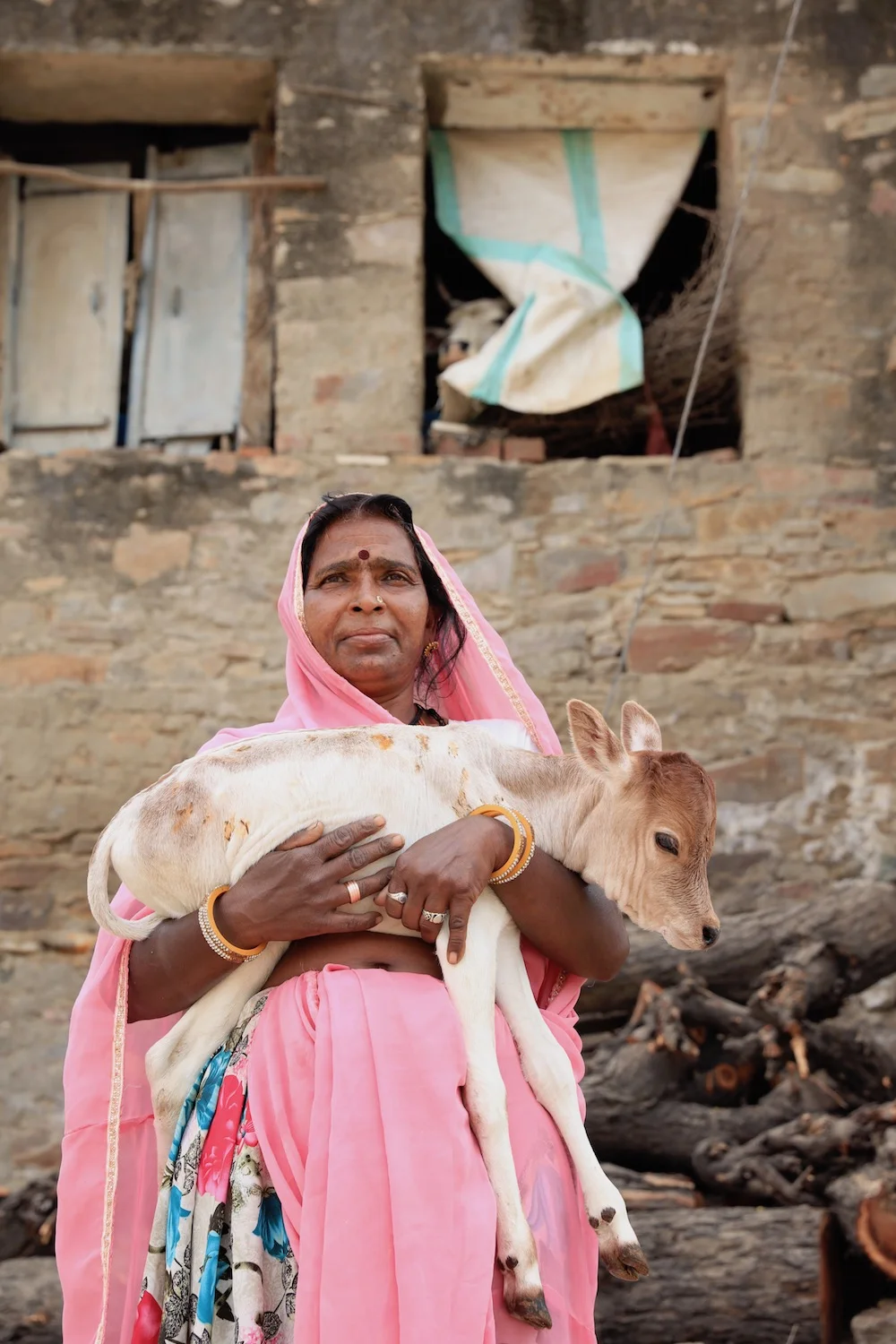

I feel even now, trying to describe a magazine that describes an impossible country, I’m failing somewhat, because India is beyond words. It is changing, harrowing, rousing, radiant and unparalleled. It is all things at once - constantly, unendingly - and more than I could ever say.
The New Zealand Magazine
Introducing the Lodestars Anthology New Zealand magazine. Prepare to pack your bags ...
We are pleased to announce that our ocean, wilderness, adventure, design, food, art and wine filled New Zealand magazine will be arriving back from the printers later this week - which means that everyone who pre-ordered with have their little bundle of printed wanderlust sent out to them over the weekend. We can't wait to share our latest project with you - the work of many wonderful writers, photographers and illustrators from across the globe. In the magazine we chat to chef Peter Gordon and actor/wine maker Sam Neill, kayak around Abel Tasman National Park, sip wine in Nelson, cycle from the alps to the sea, discover the food and beaches of Auckland, find the perfect cup of coffee in Wellington, encounter Kiwis on Stewart Island, seek out calm corners shrouded in history, learn to be mindful, sleep in luxury under the stars, tackle the Great Walks, return home and get swept up in Queenstown's calm - and that's just a few of the adventures found upon our pages!

You can order your copy (as well as back issues and subscriptions) by clicking here. For now, here is a sneak peak of some of our New Zealand pages - happy reading (and travelling too)!


"We ventured inland across the Alps, through the beech forests and rugged schist ravines of the Haast Pass - once an ancient Māori greenstone trail - emerging into what appeared to be an entirely different country."
.

"Not only do artisans and small-batch producers buy each other’s work, they often trade goods based on what’s available. Art for firewood. Jam for flour."

"There really is no place like home. I’d just had to go to the other side of the world and back to get here."



"Ideal for anyone yearning to go off-grid, parts of Fiordland have never encountered a human visitor - but perhaps that’s where its beauty lies, in its inaccessibility."

"This is a beach for solitude, for long walks, and for washing the city away; where heartache and hustle are given up to the waves."


Paradise Found
When the winds stir up and clouds descend, it is an island that offers sanctuary - among other deep-sea and earthy delights . . .
When the winds stir up and clouds descend, it is an island that offers sanctuary - among other deep-sea and earthy delights.
Words & Photographs by Lucy Howard-Taylor
702 kilometres northeast of Sydney, at the intersection of five ocean currents and a submerged continental rib, thrusts forth the remains of an ancient shield volcano. Eroded over seven million years to one fortieth of its original size, Lord Howe Island rises like a wind-shorn jewel from the waters of the Tasman Sea; eleven kilometres long by as little as three hundred metres wide, a vibrant blue-green, its twin peaks capped in cloud. From the sky, the island almost looks like the mossed jawbone of some long-extinct creature given up by the sea.

It may be less than a two hour flight from the crush of Sydney, but the moment you step from the Dash-8 onto the tarmac of Lord Howe’s only airstrip, there is a palpable sense of remoteness. There is no mobile reception on the island and no traffic lights (with next to no cars, bicycles silently reign supreme), but the lack of modern conveniences one might mistake for essential cannot wholly account for the subtle separation felt upon arriving in this UNESCO World Heritage listed property. It is disarmingly beautiful, in an unruly, enveloping way that robs you of words. But there is a strangeness to this wilderness too, with its opalescent lagoon fringed with coral, its deep green canopies of kentia palms, cowrie-studded beaches and panoply of birds.

Travelling in the middle of winter to a subtropical island and the world’s southernmost coral reef may seem perverse, but Lord Howe wore its wild weather hat well. On the tarmac I was left breathless by a brisk wind that tasted of salt and wet leaves. In bed that first night, with large fronds bashing each other outside my window, the roar of the trade winds was almost animal. During the day rain rolled in with no warning and cleared just as suddenly, leaving everything glistening. A wind cheater was essential, and should you go out at night, a torch: there are no streetlights here and the inky completeness of the darkness, broken by a milky wash of stars, took this city dweller by surprise. First things first, hire a bike, even if like me you cannot ride one. With only 360 permanent residents, a maximum of 400 tourists at any one time and 13 kilometres of undulating scenic road, there is ample opportunity for a novice to practice unobserved. Pack a picnic and ride to the preternaturally still and secluded Old Settlement Beach, where three men, three women and two boys came to live in 1833, trading with passing vessels. Or pop over to Ned’s Beach where you can snorkel among fantastically coloured coral gardens (there is an honesty box for hiring gear), or wade closer to shore and hand-feed swarms of tropical fish with names like Silver Drummer and Spangled Emperor. At dusk, throngs of muttonbirds return to their burrows in the low-lying palm forests nearby. As sunset arrives, their distinctive, searching cries can approach an almost human wailing.
These pristine waters host some of the best diving in the world, with an unearthly sunken landscape of volcanic drop-offs, trenches and caves lined with black coral trees, branching gorgonians and over 90 varieties of luxuriant subtropical coral. For those for whom the prospect of coming face to face with the blue teeth of a Harlequin Tuskfish in an underwater canyon sounds vaguely terrifying, you can charter a glass-bottomed boat instead and enjoy the spectacle dry and unmolested from the crystalline surface of the lagoon.

At the southernmost end of Lagoon Road is the start of the Little Island Track, which follows the shoreline to the black basalt cliffs of Mount Lidgbird. Lord Howe is a walker’s delight and this marked and level track meanders its way past picturesque Lovers Bay and through thickly crowded valleys of soughing kentia palms (keep your eyes peeled and you might see a native woodhen grunting happily in the shadows), to the base of the mountain and its stony shores of calcarenite and dark sea-sculpted rocks. Here, especially between March and October, you will see wheeling clouds of one of the world’s rarest seabirds, Providence petrels, diving over the cliffs as they chatter and return to breed. For the more energetically inclined walker, a climb to the scrubby top of Malabar Hill leads to one of the best views of the island and a dramatic scraggy drop to the sea. Alternatively, sign up for the famous day hike to the summit of Mount Gower, where you will find yourself among the twisted trees and inveterate mist of what the New South Wales Office of Environment and Heritage actually designates as Gnarled Mossy Cloud Forest, which sounds more enchanted than ecological.

Enchantment is a recurring theme here. As the days pass, I discover that there is something about this island that is both calming and unexpectedly foreign, a wandering otherness that finds its way in on the throats of seabirds and endows plants with a luminous variety of green. The natural landscape is not only astonishingly lush - isolation, topographic peculiarity and igneous soils have spawned a paradise of ferns, palms, orchids and microhabitats - but feels unusually ancient, almost untouchable. Nowhere is this impression more powerful than in the broody Valley of the Shadows, where 20 metre high trees mottle the light. To stand alone amid this silent grove of banyans, their aerial roots muscling to the ground like the suspended legs of giants, is to realise the difference that is Lord Howe Island. It is to approach the primeval and be at home amongst the extraordinary.
From Lodestars Anthology Issue 3, Australia
[ecwid_product id="64214991" display="picture title price options qty addtobag" version="2" show_border="1" show_price_on_button="0" center_align="1"]
The Canada Magazine
This week the Canada issue of Lodestars Anthology - officially released in the UK on October 18 - will be avalible through our online store. So we thought we'd celebrate by sharing some of the wild and wonderful images and illustrations that fill the pages of issue 6. Thank you as always to our truly spectacular contributors - the world is indeed filled with some rather talented beings. You can order the magazine here.
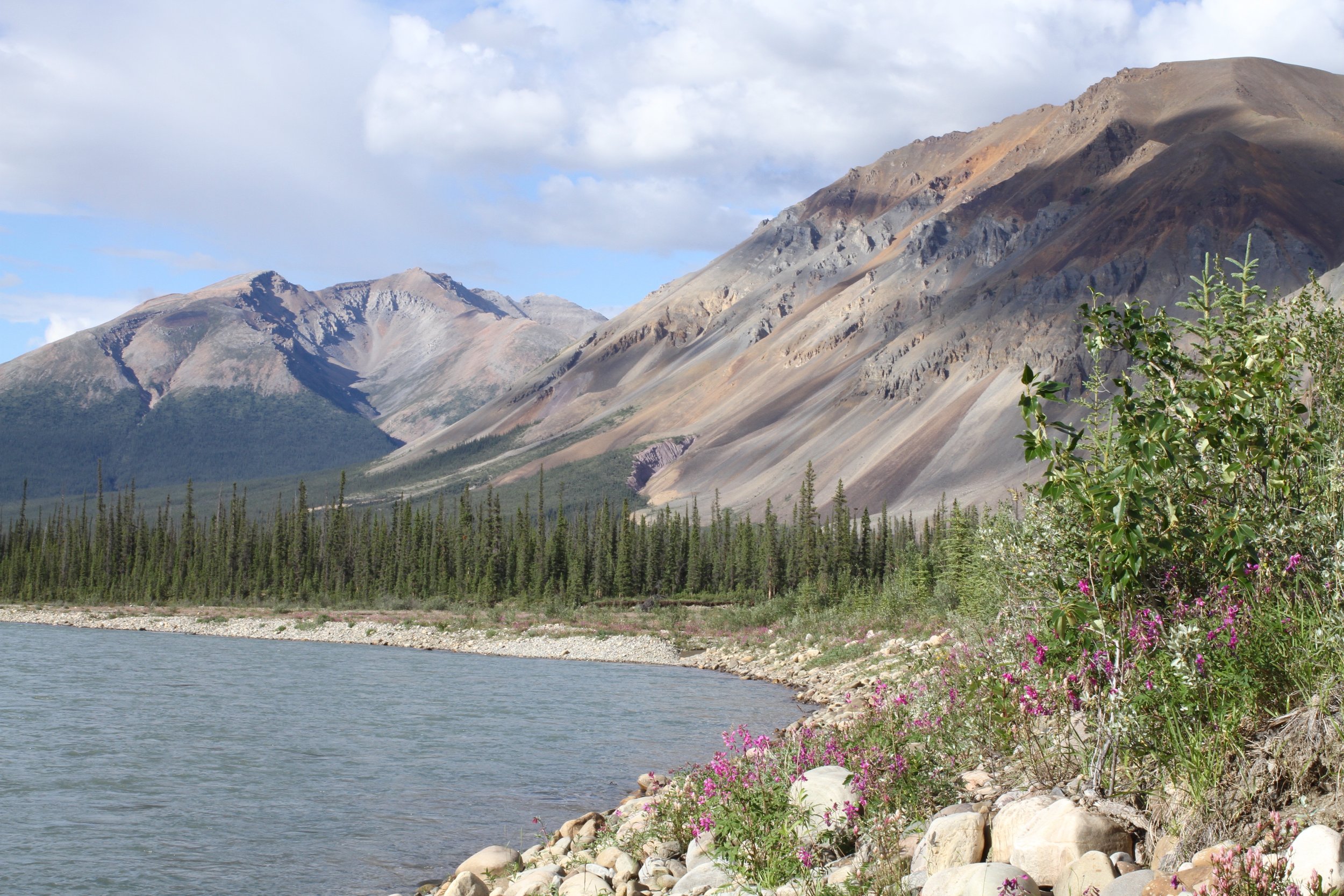
About the magazine: Canada is a land where lakes glow, mountains soar and island life prevails. Wild, rugged and unfazed by time, luxury resides in unexpected corners, cities delight and outdoor adventure beckons, for nature is indeed all around. You yearn to explore, to get lost, to reconnect with a pristine beauty so hard to encounter in the modern world. The seasons astound - from frozen winters to summer’s never-setting sun - while waterfalls carve canyons, rivers become frozen highways and people smile, aware of their heritage and all that this land has gifted them. You’ll find snow and maple syrup, art and architecture and a landscape both inspiring and eternal. Greetings from the Great White North.
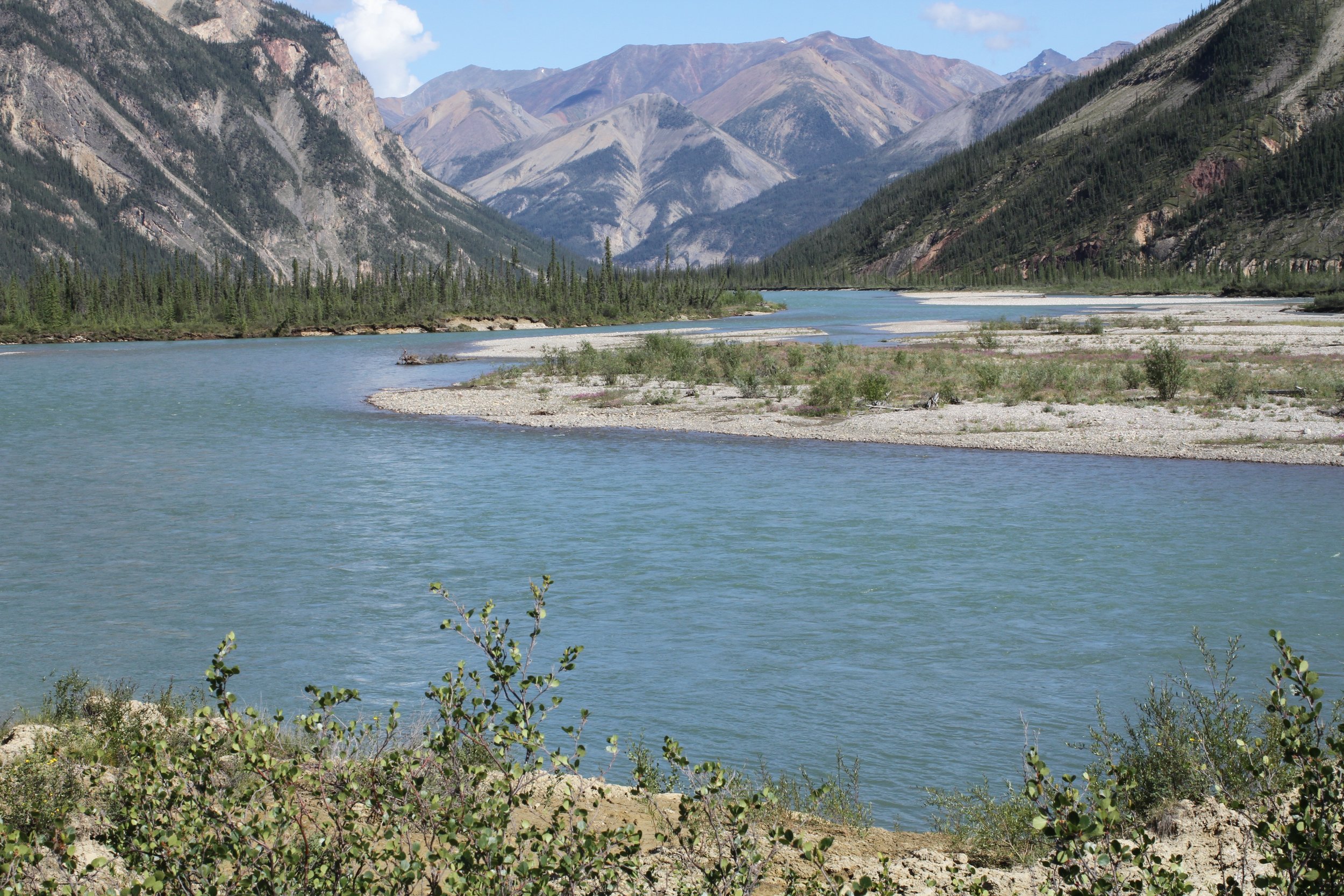
Some featured destinations:
Clayoquot Wilderness Resort Fogo Island Inn Vancouver Toronto Montreal The flavours of Canada Cosman & Webb maple syrup Left Field Brewery Canoe North Adventures The Yukon in winter Northwest Territories Nova Scotia Halifax Lobster Boil Ontario wines The Canadian Rockies Prince Edward Island Calgary The Canadian

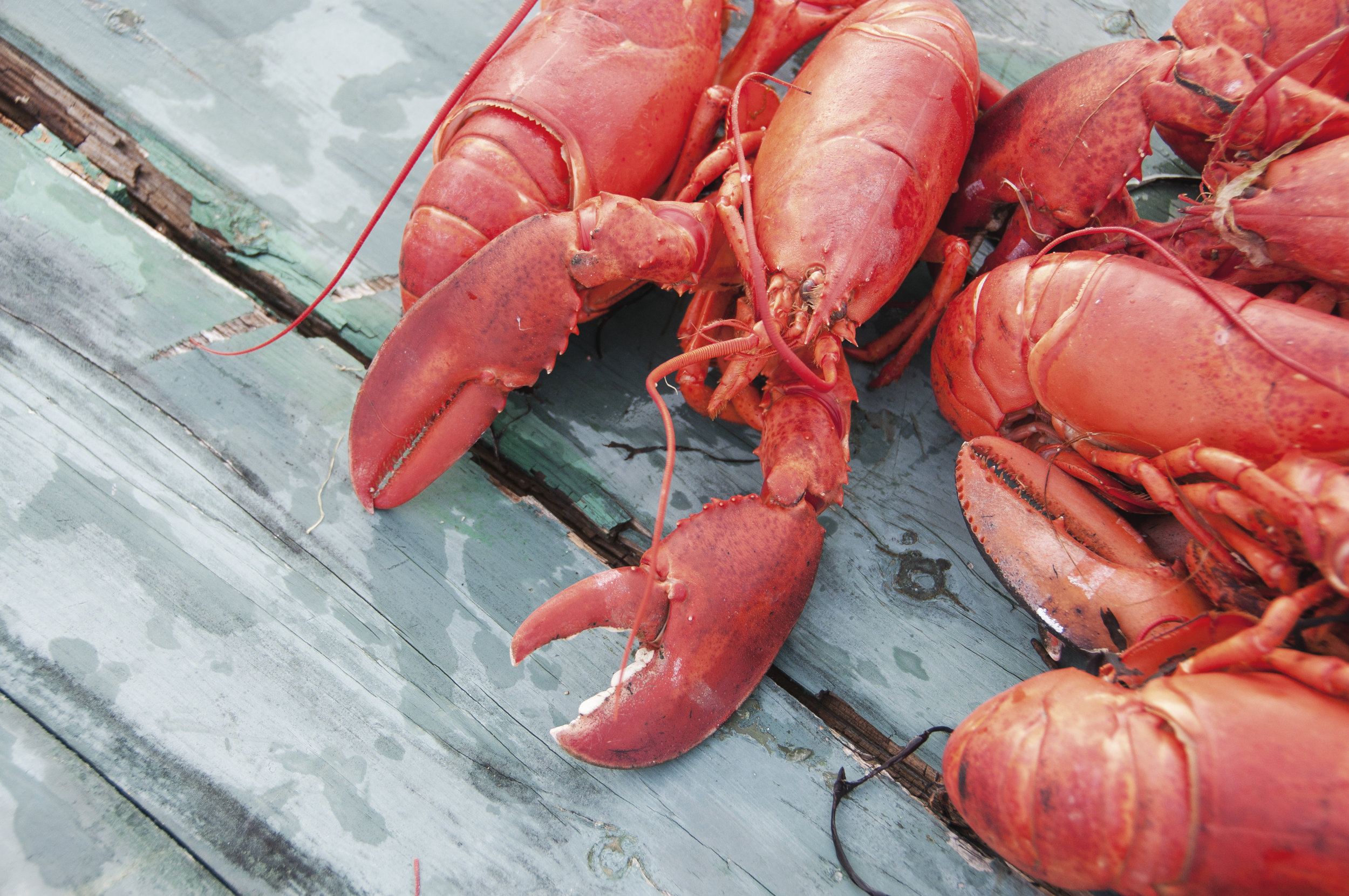
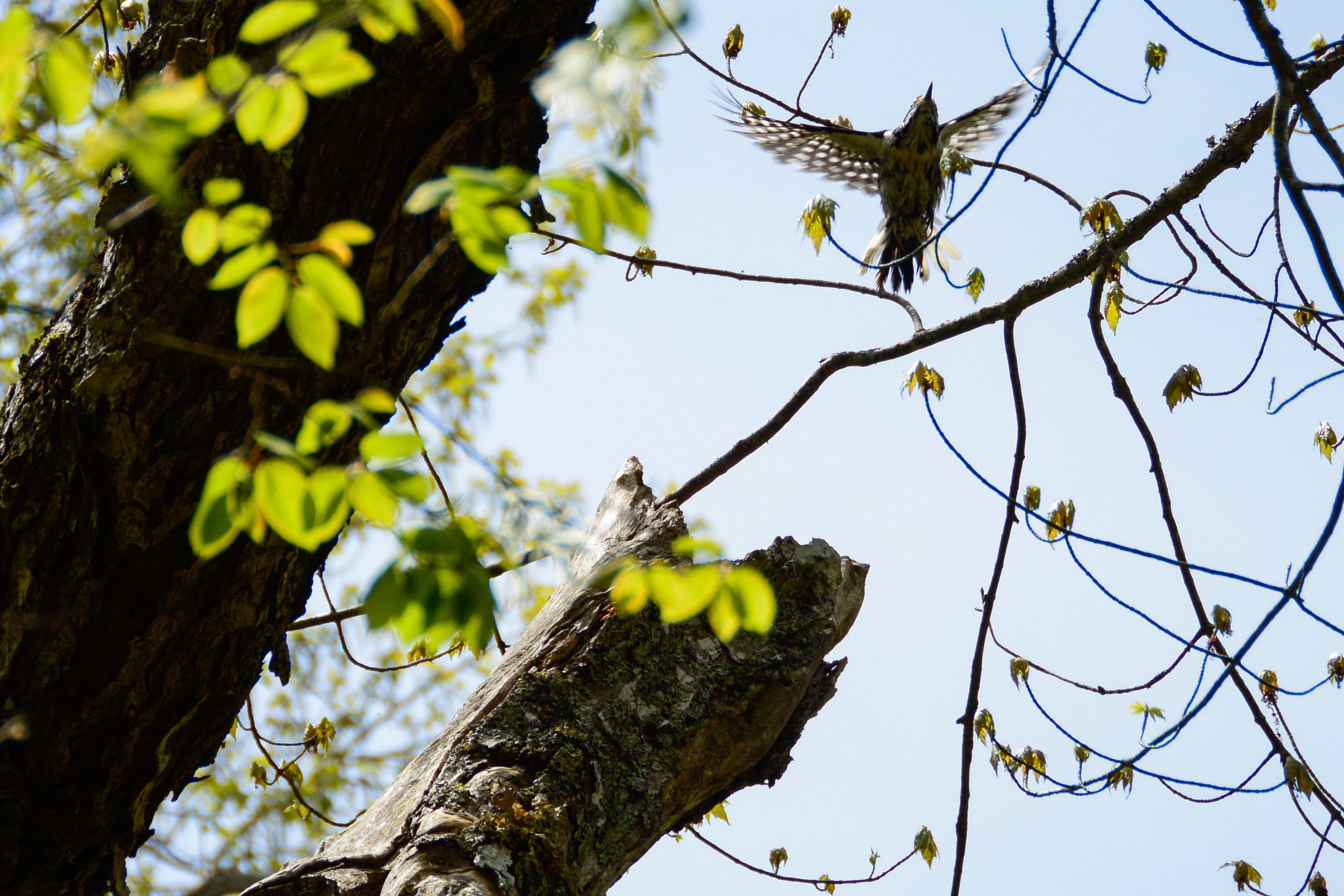
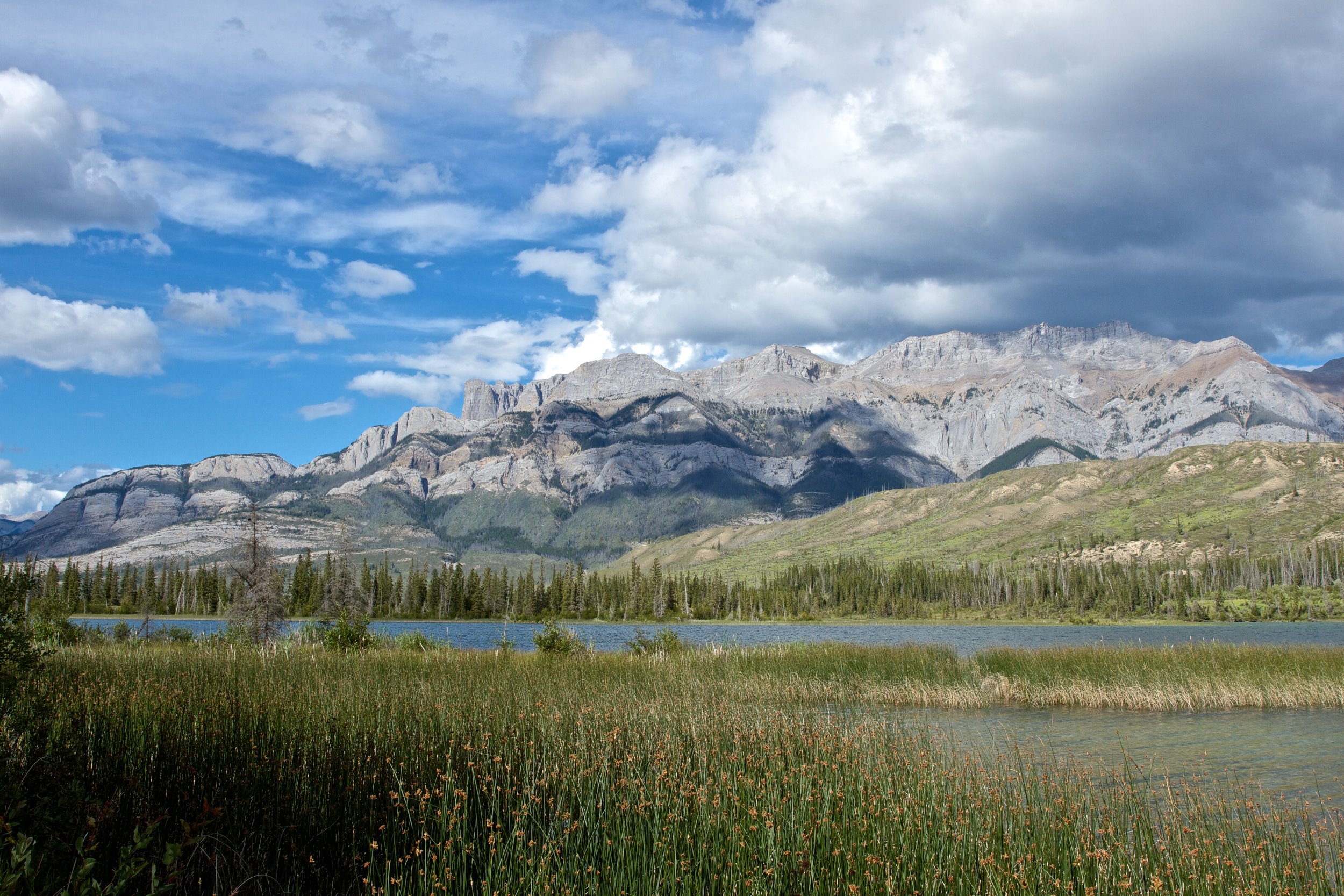
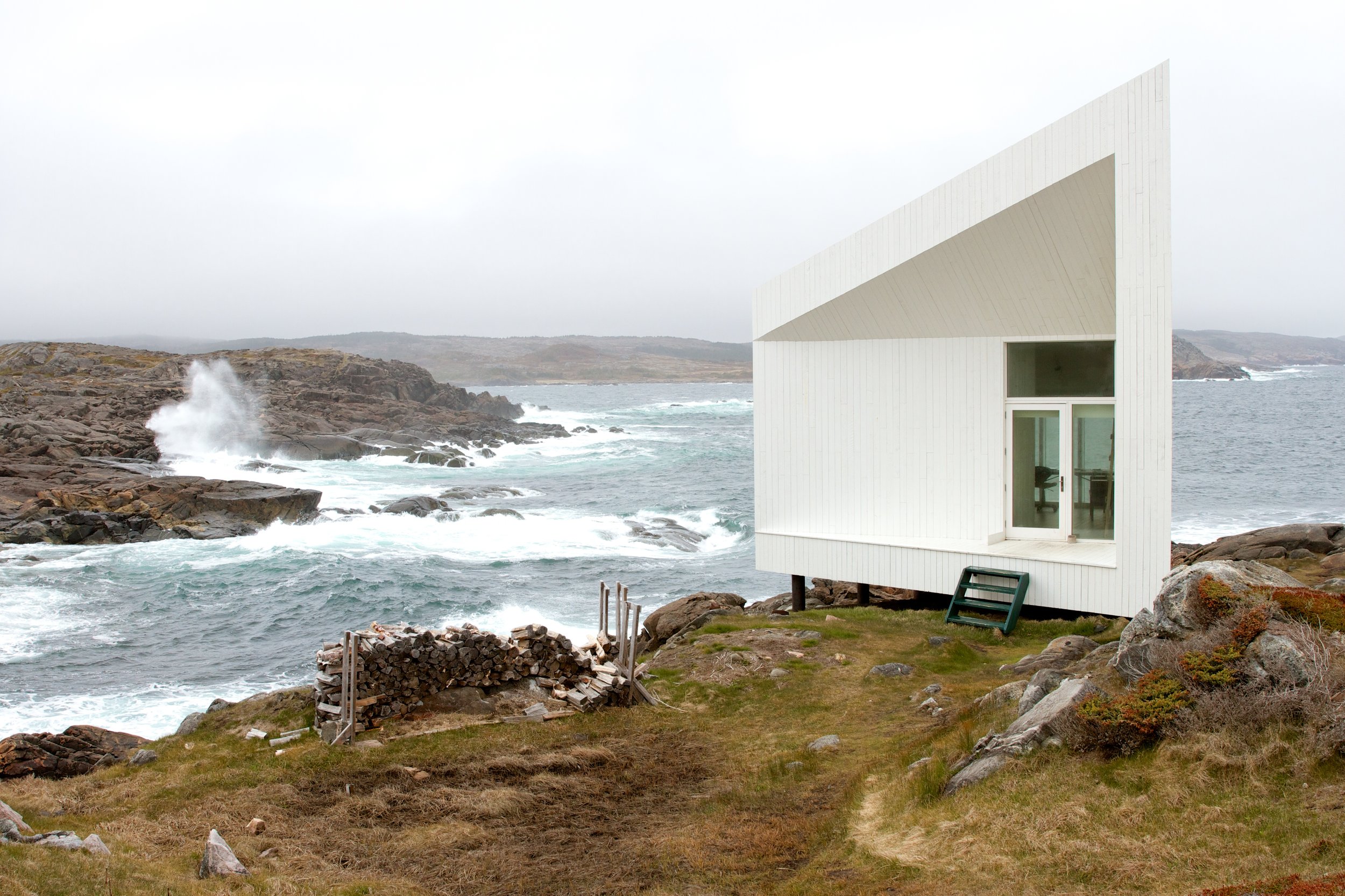


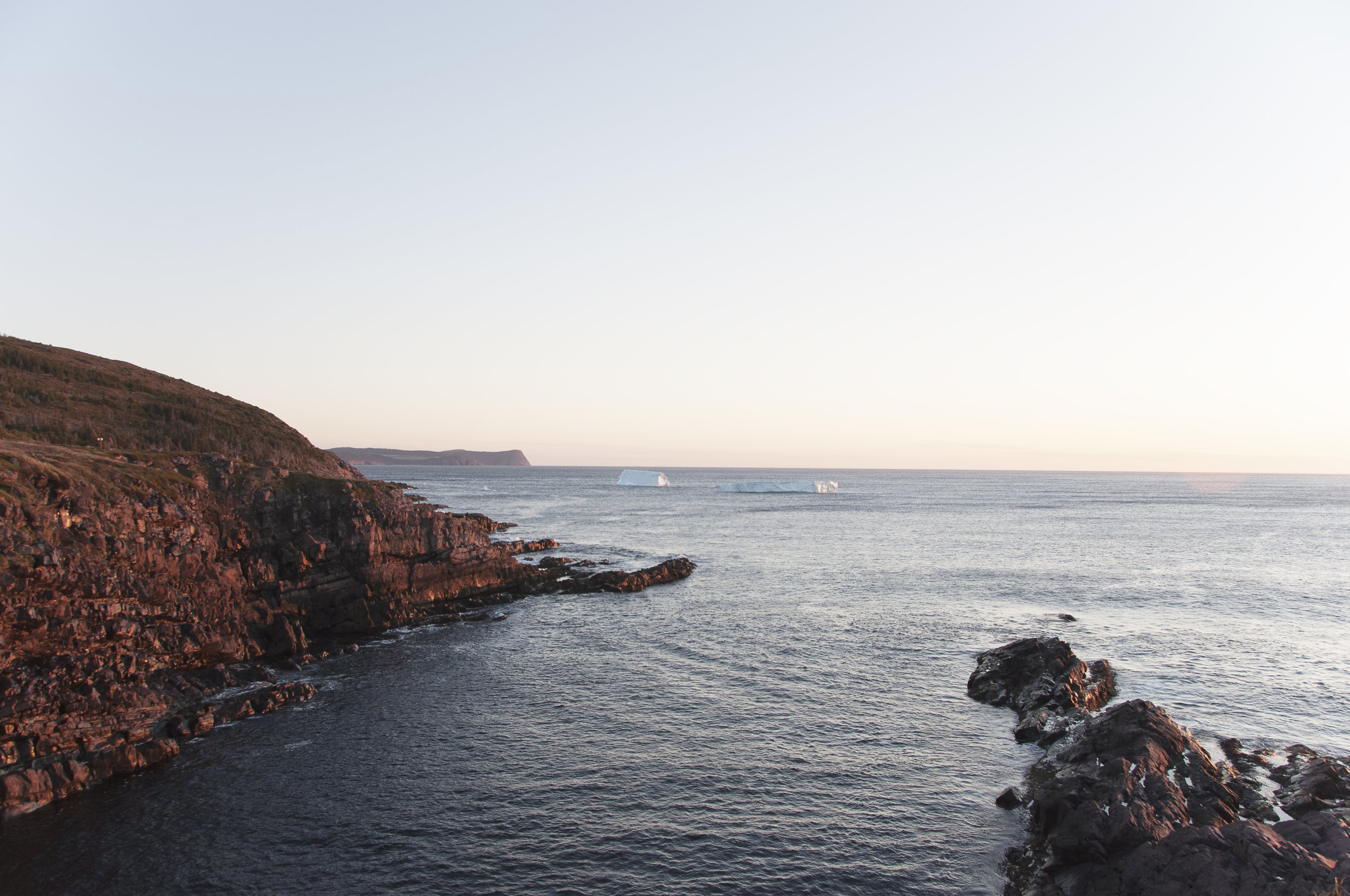
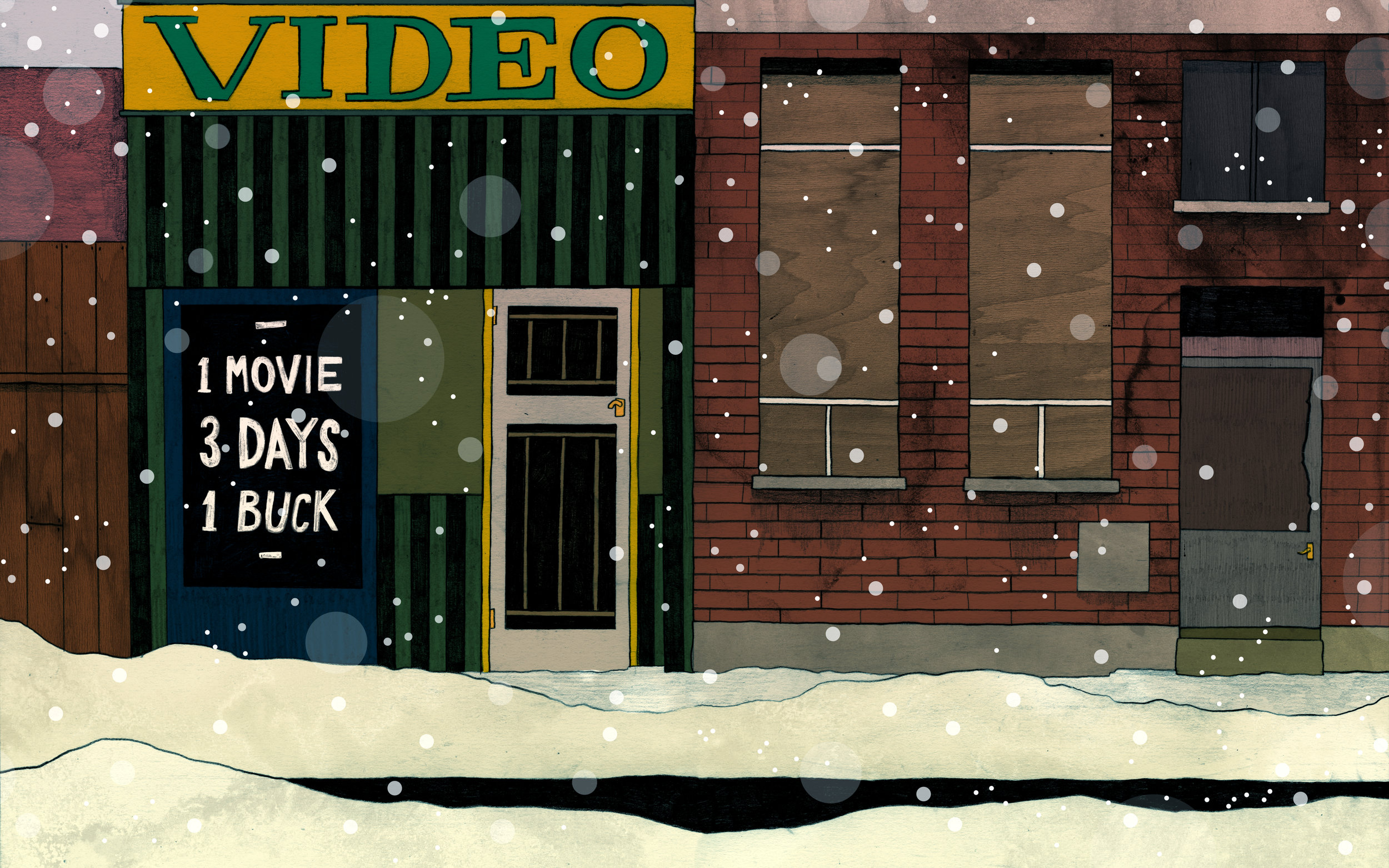

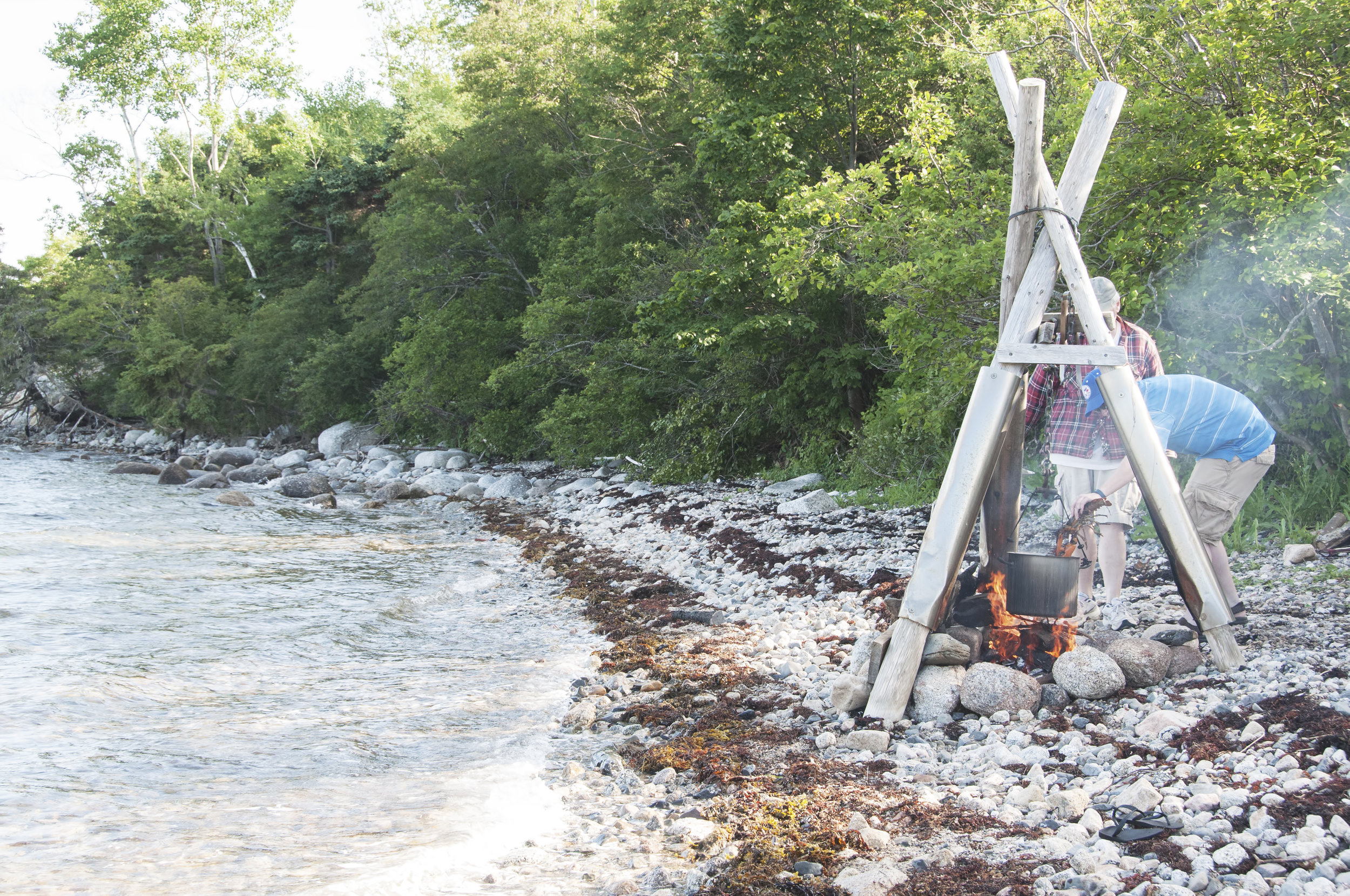
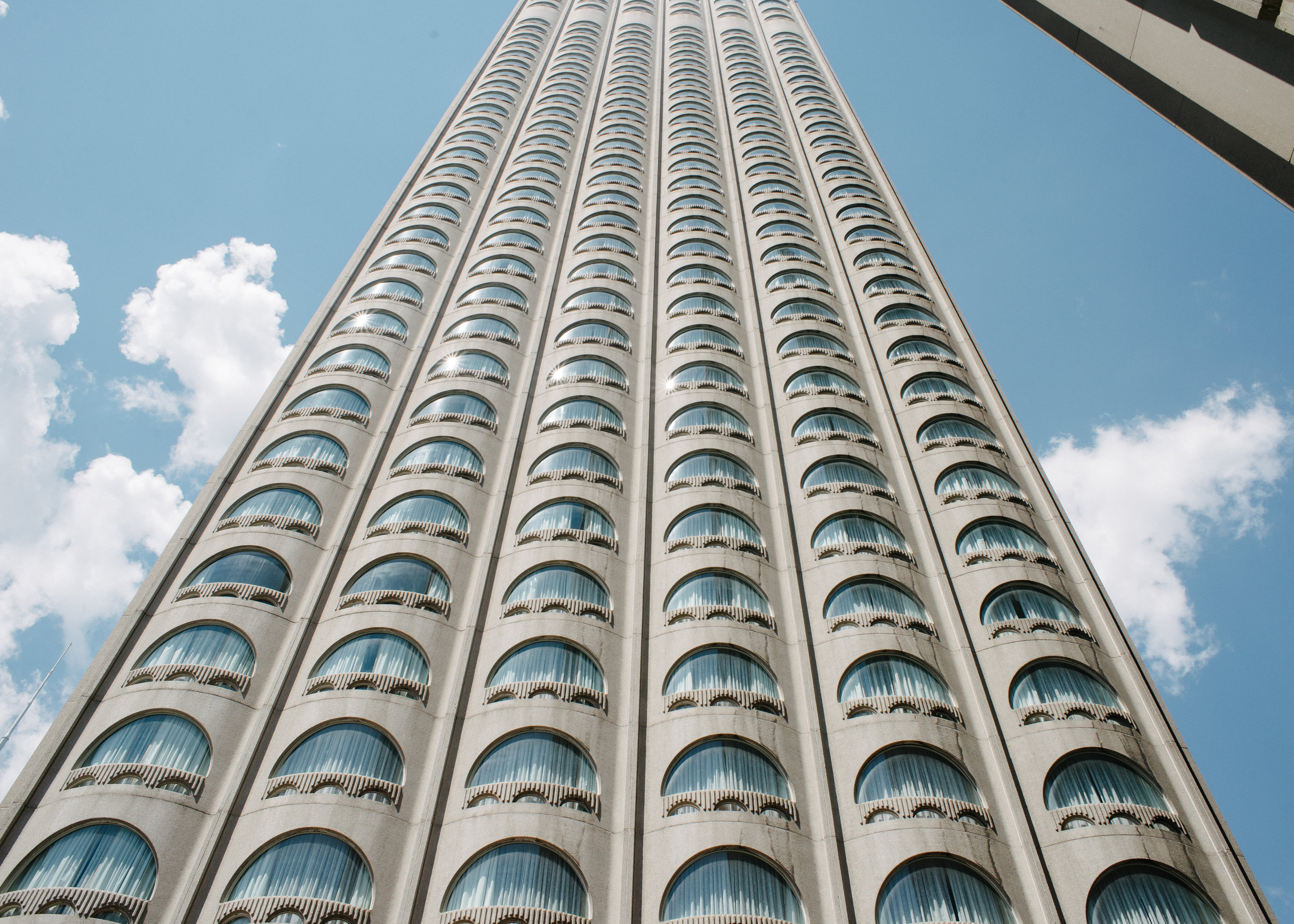
The Sweden Magazine
This week we launched issue 5, the Sweden issue, at the Swedish Ambassador's Residence in London. So, it seems like the right time to share a sneak peak of some of our Scandinavian content and say a mighty big thank you to the fab team at Visit Sweden, the Embassy of Sweden and of course Ambassador Nicola Clase. If we've learnt anything it's that few people are as generous and hospitable as the Swedes (and that they have a rather glorious country too).

The Magazine ...
Rich in coastal hideaways, ancient archipelagos and islands rising from the sea, Sweden has a fondness for the sublime. With remote restaurants challenging palates and expectations, hotels carved from ice and pathways draping her frontiers, this is a country of extremes. But its cosmopolitan icons, and cities famed for their food, flair and design, also set hearts aflutter. Seasonal splendour allows creatives to delight in the daring and while there is a sense of wildness, the landscape shaped by glaciers and blanketed in forest, solitude is easy to find. Visit this northern wonderland and you’ll soon discover that Swedish escapes are good for the soul.
You can order the magazine online here.
Some featured destinations (and people) ...
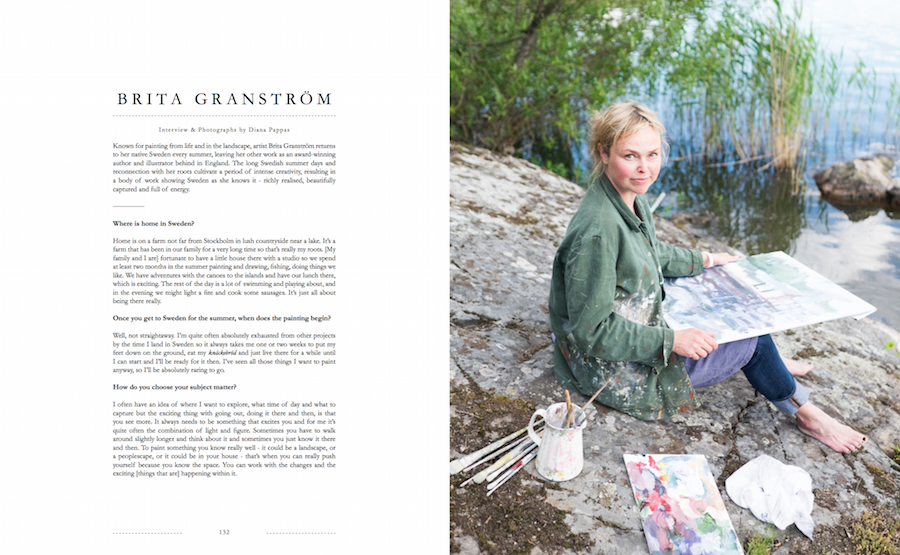
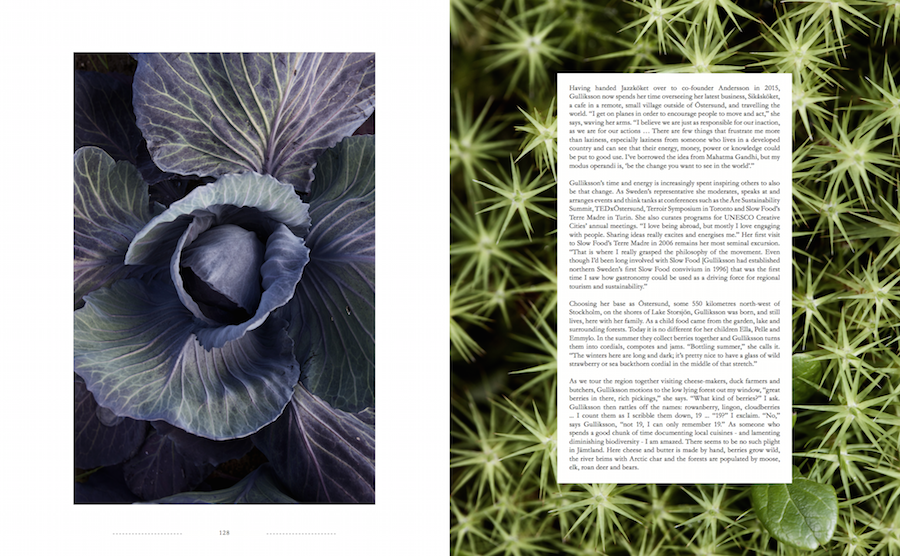
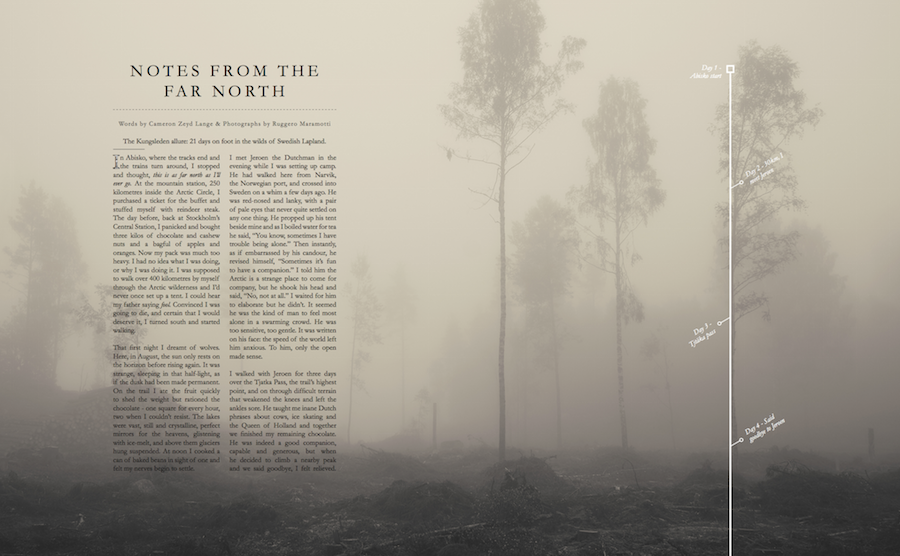

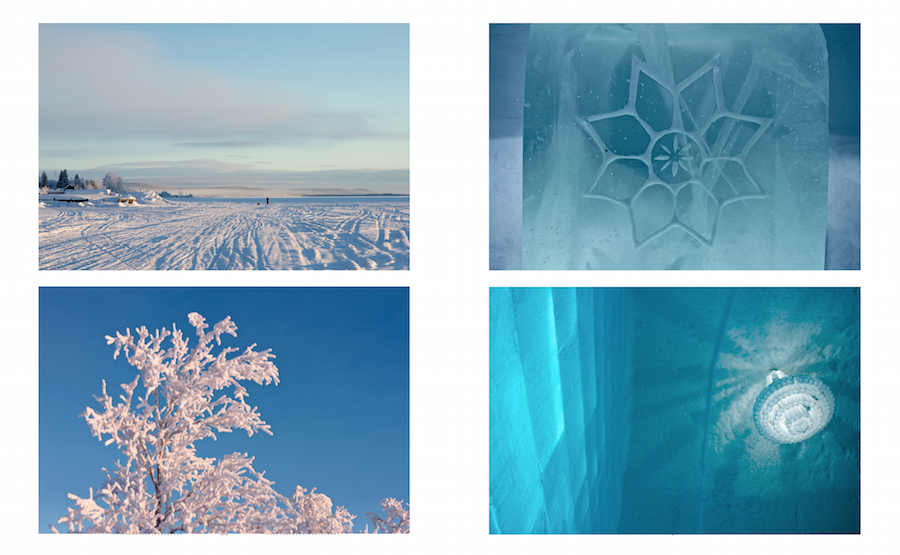
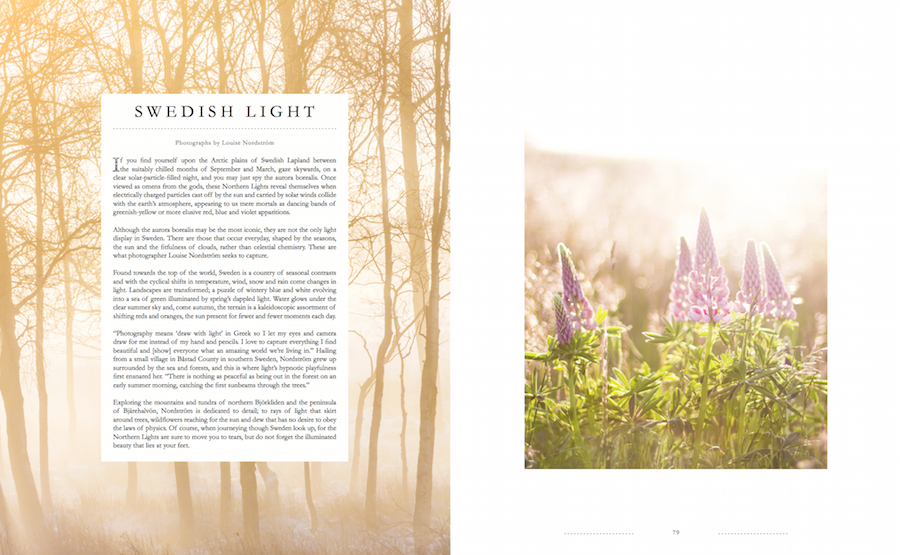
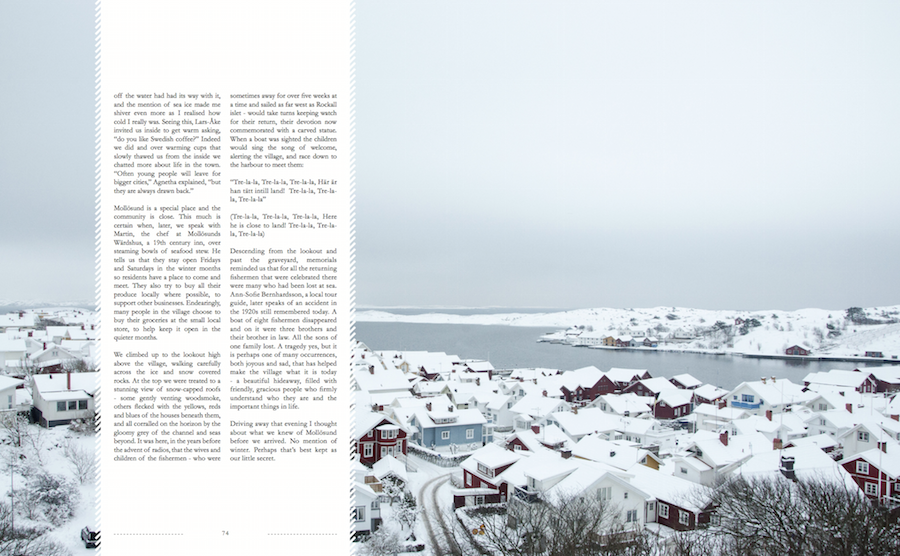

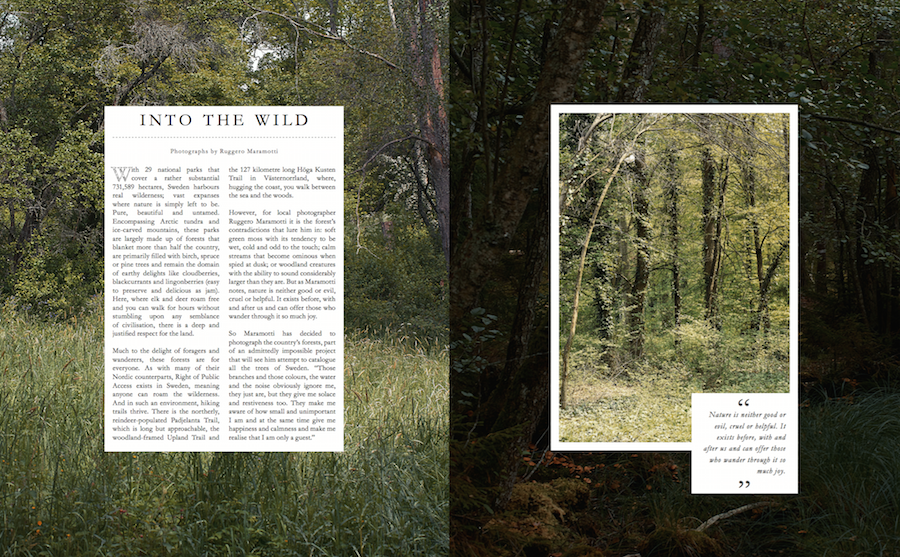
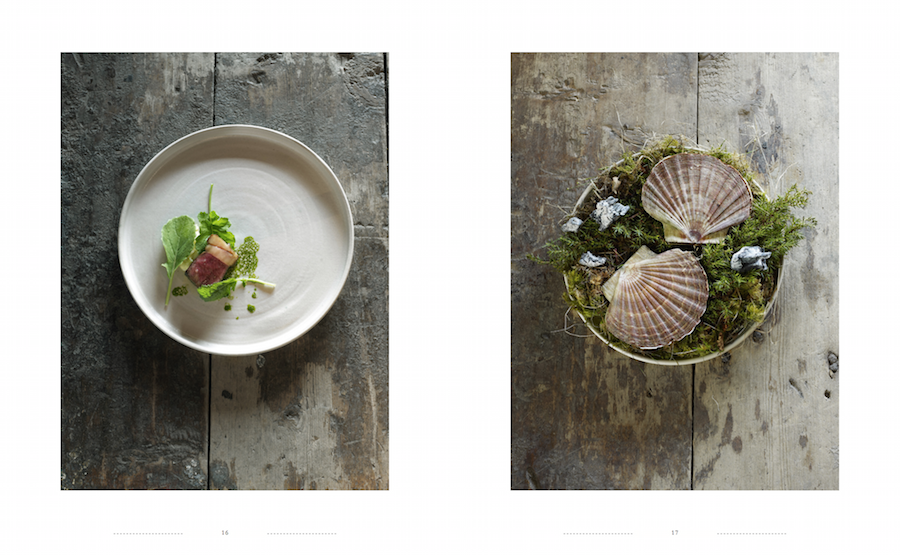

Lodestars Anthology - Italy
 With our Italy issue set to arrive back from the printers next week, we thought it would be grand to a) give you a little sneak peak of what lies within the magazine and b) let you know where copies can be ordered.
With our Italy issue set to arrive back from the printers next week, we thought it would be grand to a) give you a little sneak peak of what lies within the magazine and b) let you know where copies can be ordered.
For UK, EU and US shoppers (and for Australian's who are reluctant to wait an extra two months) you can order copies from:
For more patient Aussies and New Zealanders there is the subscription service offered by
Just click on the above names and you shall be taken straight to the relevant site.
Of course if you have any questions or are after back issues don't hesitate to get in touch be emailing info@lodestarsanthology.co.uk and we'll lend a helping hand.
Simon Bray
 While travelling upon Lake Garda for the Italy issue of Lodestars Anthology (out later this month) we first noticed the photographs of Simon Bray, who just so happened to be snapping the same subject as us. Drawn to his beautiful use of light, and ability to make this perfectly popular corner of Italy seem amazingly calm, we had to ask a few questions about his work ... and Italy of course.
While travelling upon Lake Garda for the Italy issue of Lodestars Anthology (out later this month) we first noticed the photographs of Simon Bray, who just so happened to be snapping the same subject as us. Drawn to his beautiful use of light, and ability to make this perfectly popular corner of Italy seem amazingly calm, we had to ask a few questions about his work ... and Italy of course.
What do you love about photography?
I have a desire to create images and often I won’t be able to rest until I’ve taken them, so in that sense, each image serves it’s purpose in feeding that personal need; it’s a scratch that needs to be itched, very therapeutic. At the same time, I know that each image holds a varying level of potential. I love that an image can evoke something in a person, a response or an emotion, that will be so vastly different to what I, as the photographer, see, or what anybody else might see in it. We’re all made up of a combination of our own history, cultural influences, our social upbringing, the places that we’ve been and the people that we’ve met. That can mean that an image that I’ve taken may mean absolutely nothing to you, but there might be one image, for reasons known or unknown, that you connect with, that sparks something, a thought or memory, or that you just enjoy visually because of the colours, tones, composition or subject matter. Each image has that potential power.
I’ve also been thinking about imagery and timescales recently. Photography is a long game. I’ll often think about the fact that the images I take may well outlast me, and that as much value as there is in viewing them now, I hope that the generations that supersede me will find them interesting in many years to come.
Can you remember the first photograph you took?
Not as such, although the first time I got really excited about an image was a photograph I took of a hummingbird hawk-moth in the French Alps on holiday. I was probably in my early teens and using my first 35mm film camera. Getting the film developed and looking at the print, and seeing that I’d somehow managed to capture it’s motion and movement felt quite incredible.
What inspires your work?
I’d like to say that each location I work in acts as the pure influence for the images I create, but I know that’s not totally true. I’ll certainly feed off the elements before me, but there are so many subconscious factors behind the decisions I make, if I’ve seen a similar image before I’ll need to decide whether I want to embrace that and create it for myself, or try something different. I suppose everything I read about photography, and all the images that I take in will influence my sense of how to portray subject matter in both potentially helpful or unhelpful ways. To a greater extent, it’s the light that will inspire me. I won’t often stop to make a landscape picture except for the fact that the light is particularly interesting, and my discernment for that is certainly something that has developed over the past couple of years and something I’m trying to encourage.
How would you define your style?
One of the most significant factors is space. Living in a city, I’m constantly yearning for greater physical space, so once I’m somewhere that I feel that greater sense of freedom, I can’t help but let that come through in the images, which often manifests itself in the form of negative space using sky or water. I was discussing this recently with a friend, how I won’t be proactively making decisions about an image as I take it. Previously, I will have taken a lot more time to consider the image I want before I shoot it, perhaps for technical reasons, or just slow decision making, but now it seems to come far more naturally and I’ll work quite quickly. I think that’s how my personal style will be encouraged, simply through the practice of taking images, although I still feel I need to slow everything down a bit! I’m trying to develop my understanding of how to create more concise images that dig deeper, to avoid simple surface level imagery and I’m sure taking more time to consider each image will aid that.
Does travel influence your work in any way?
Absolutely. I live in central Manchester, which really doesn’t provide much to feed my desire to create landscape images, so it’s almost a necessity for me to travel. I really savour the opportunity to explore a new location with my camera. There’s an excitement that comes with visiting a certain place in a certain season and capturing it in it’s current state, knowing that other photographers will visit later in the day, week, month or years later and see it in a completely different way. Landscapes evolve and the light makes all the difference. I’m not usually able to return on multiple occasions, but in many ways it’s a privilege to preserve a place on any given day through my images, it forces me to work with the environment I’m in and create in the moment, avoiding any preconceptions of what I’d like to create, which can be distracting.
What makes Italy such an interesting subject?
It’s a popular holiday destination for a reason! The combination of the the incredible food, weather and variety of scenery make it such a special place for me. The area surrounding Lake Garda is an alpine wonderland. Exploring the mountains and lakes was such a privilege, so many breathtaking views, and even though it was warm, everything was washed in this amazing blue light, probably the moisture in the air, it made for some stunning scenes to photograph. I’d recommend visiting in the off seasons in order to appreciate the true sense of space without the crowds of tourists, because there are some stunning small towns and villages, where I could just sit and watch the world go by for days with a glass of wine and some fresh pasta!
Has there been a particularly memorable project either past or present?
I’m currently working on my first long-term project, a collaboration with a Manchester based artist called Tom Musgrove. We’re visiting a selection of the most stunning locations across the UK, and each creating a piece for each location, which we’ll be exhibiting side-by-side at a show in the autumn. It’s taken nearly 2 years already, and it’s been great to visit stunning places that are only a few hours away. Our most recent trip to Glen Coe in Scotland was just incredible, the scenery, the light, the people we met, the conversations it sparked, the whole experience was very memorable. I also get to watch my work evolve, which is very important, but the most influential element has been the development of my relationship with Tom, the opportunity to discuss the discourse of our work, our varying methods and explore the motivations behind each piece we create. Tom takes his time on each trip to sketch, which has really forced me to slow down and appreciate the changing elements and light within the landscape.
What is your dream subject?
I don’t know if I have one at the moment, maybe that will develop over time. For now, any scenic location that I have the chance to explore with my camera in my own time would be a dream come true! Every commission I receive or project that I set out to do furthers my work, it’s a fresh challenge that I want to fully embrace. I still feel like I’m defining my practice and as a result, my style or imagery, maybe one day that will feel more concrete, or maybe I’ll just keep trying new things!
A selection of Simon's landscape work is up at www.simonbray.co.uk and can also be spired on Instagram.
Going to Print
Issue 3, all about wonderful Australia, has gone to press. We spent most of Friday getting in the way at the printers (the rather lovely Taylor Brothers in Bristol) and snapping paper and ink. The magazine is now available to pre-order here and we can't wait to share it with you.

Welcome to Lodestars Anthology
Welcome to Lodestars Anthology, a magazine for curious travellers who long to see, eat around, chat about and experience this big ol’ world of ours. Basically, we’re a magazine-meets-journal all about place, travel and exploration - one you’ll ideally like to keep atop a coffee table. Or filled with scribblings and safely stored in your suitcase.
We are independently published, distributed internationally and all set to explore the globe one country (or should that be one issue) at a time. With the first magazine due out in summer 2014 things are getting a little exciting around here.
So go on. Pack a bag, hit the road and get your discovery on.

Photo by Tommy Harrison.
































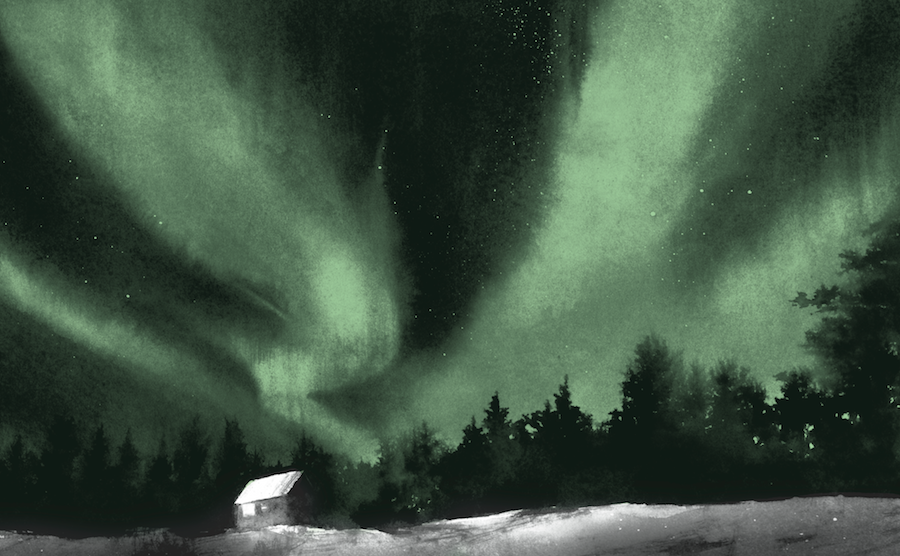








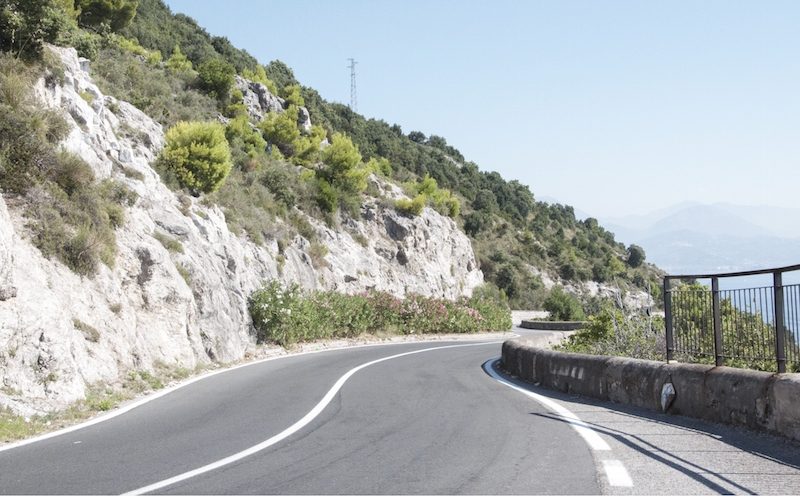
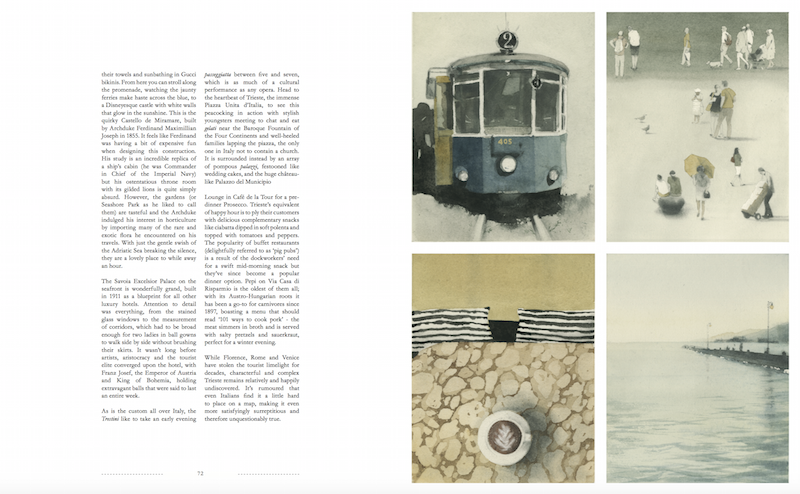
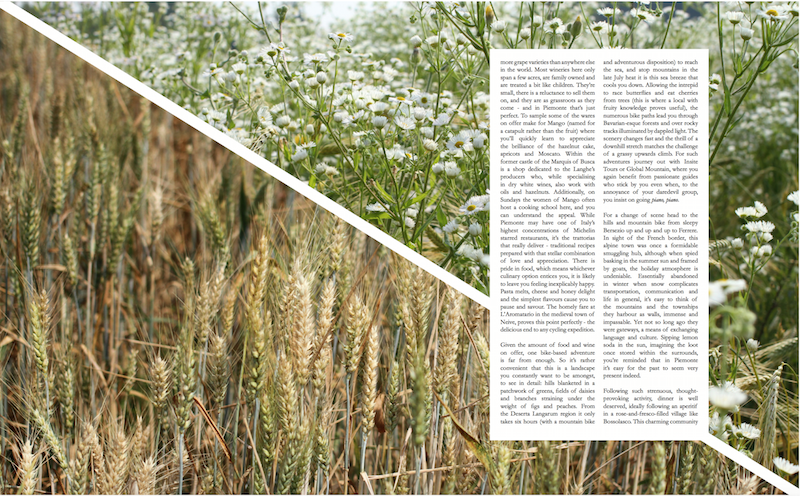
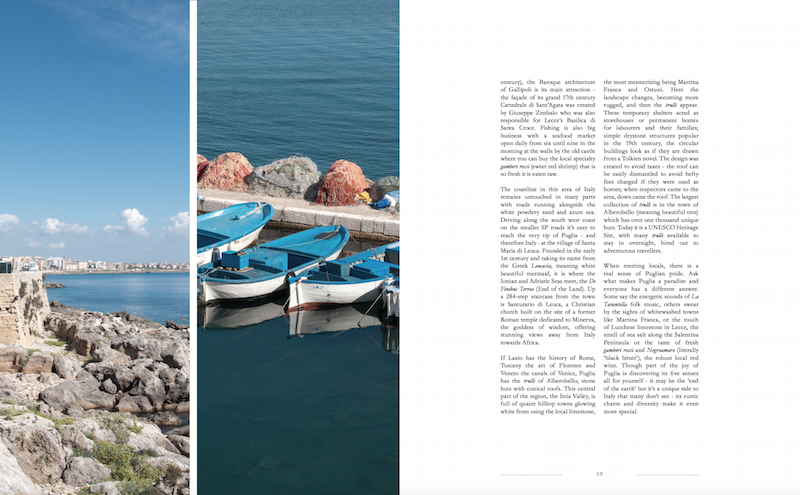




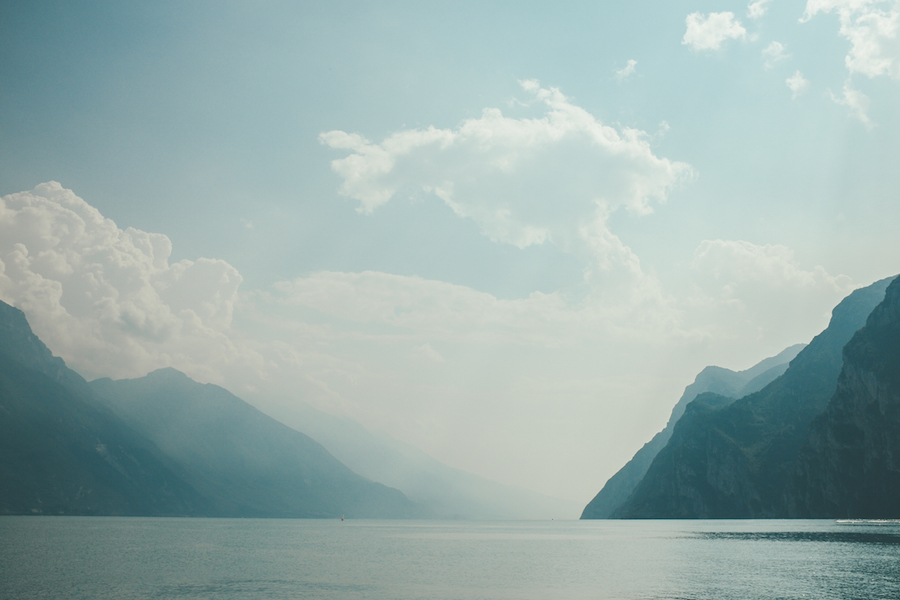






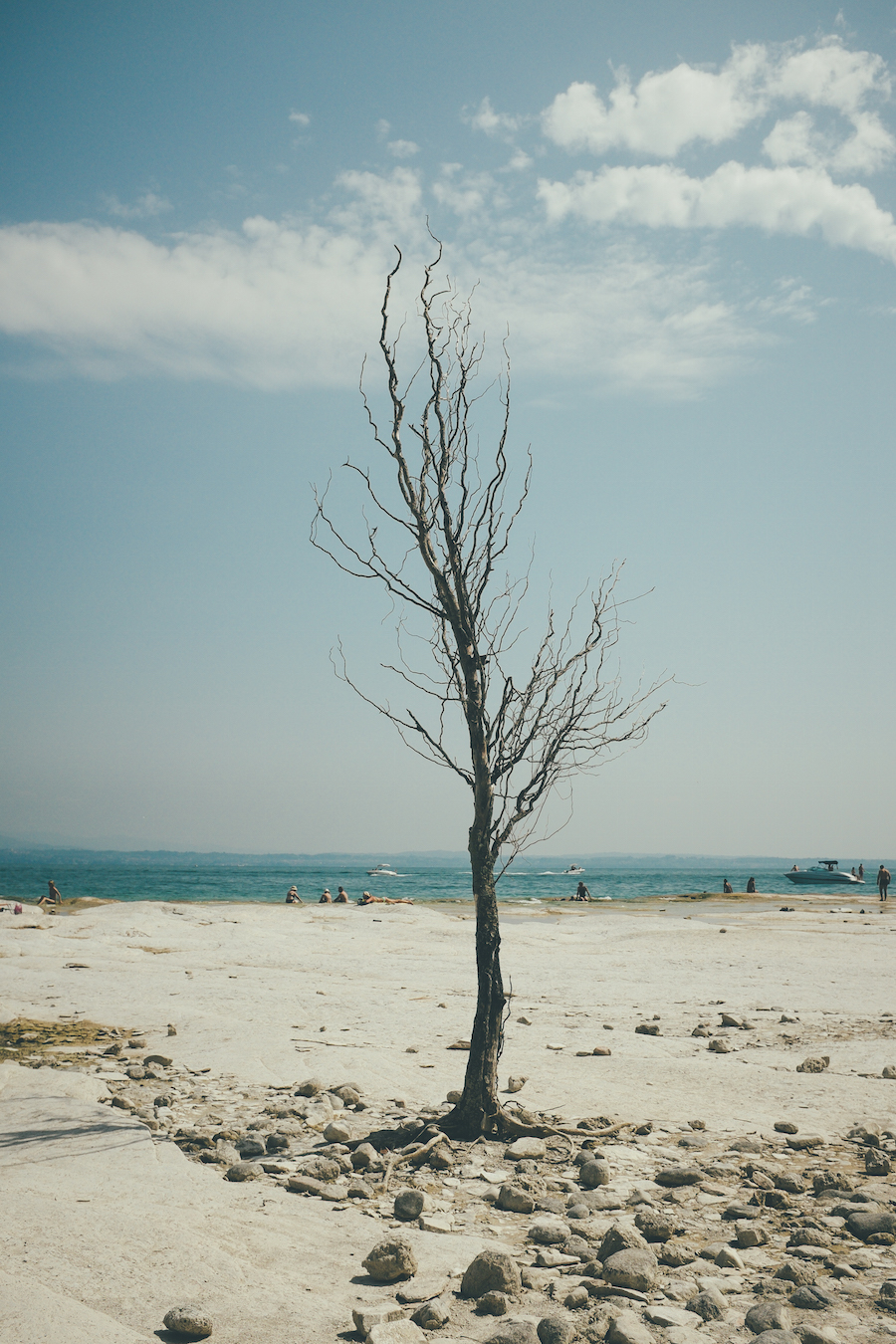








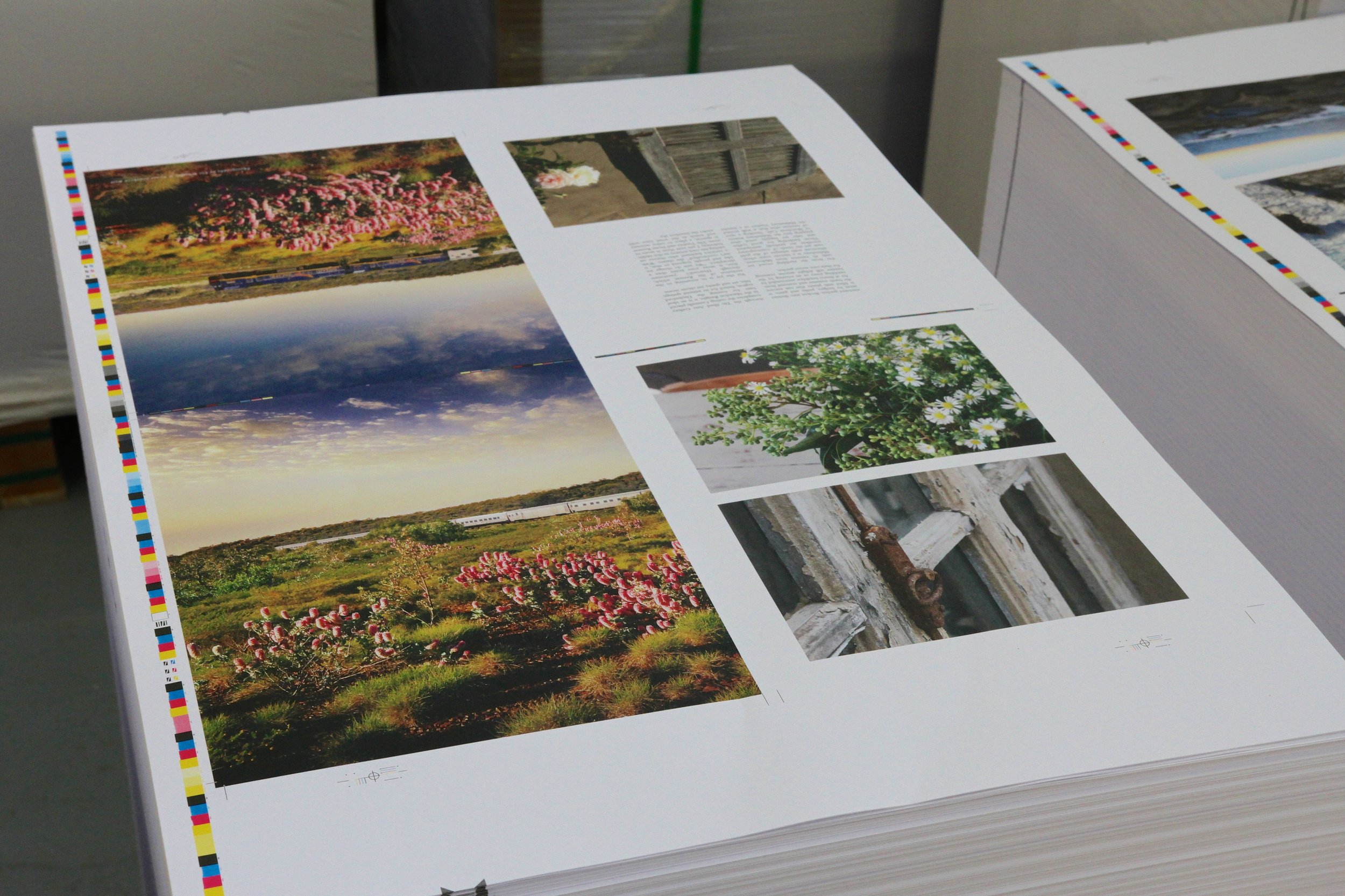









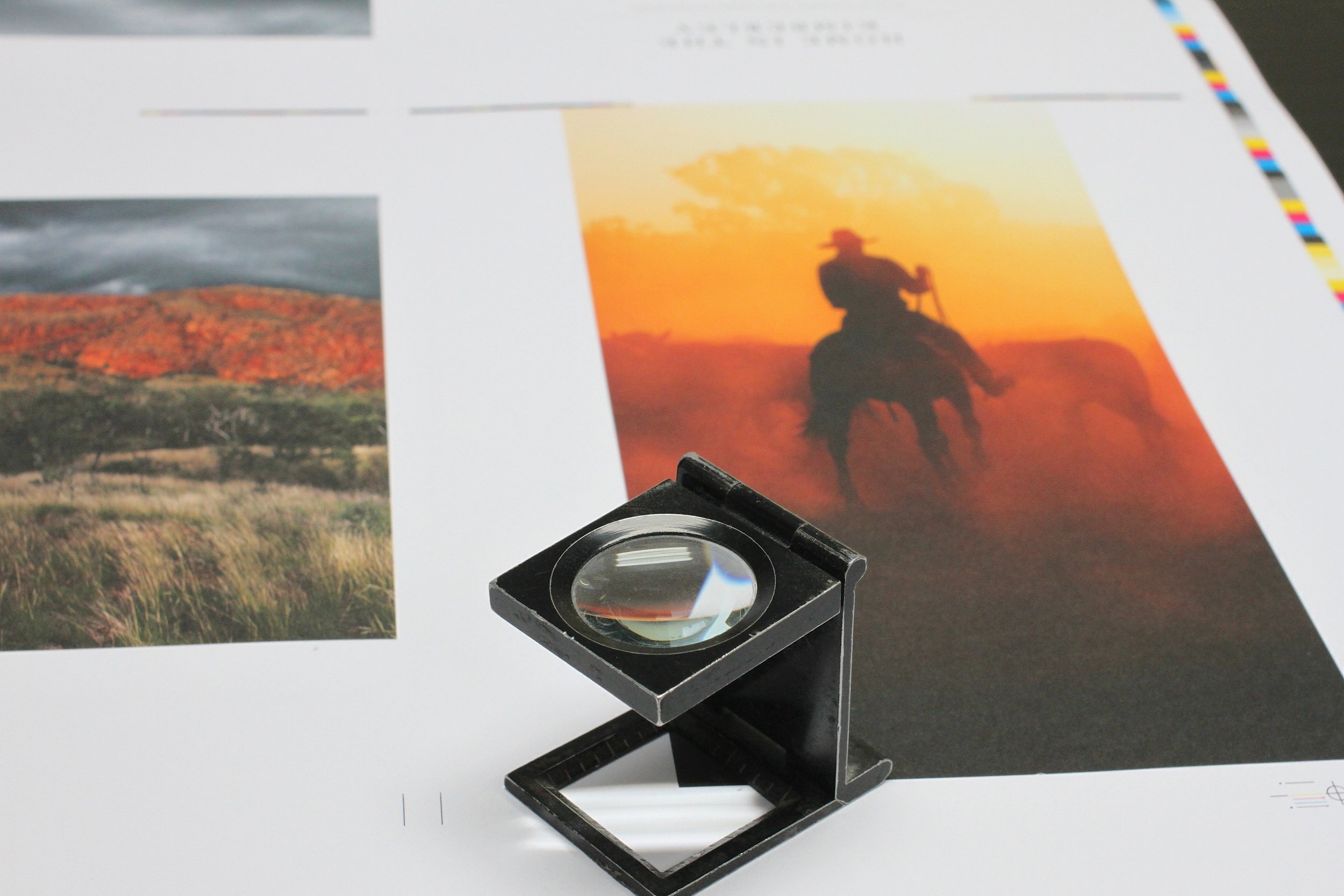



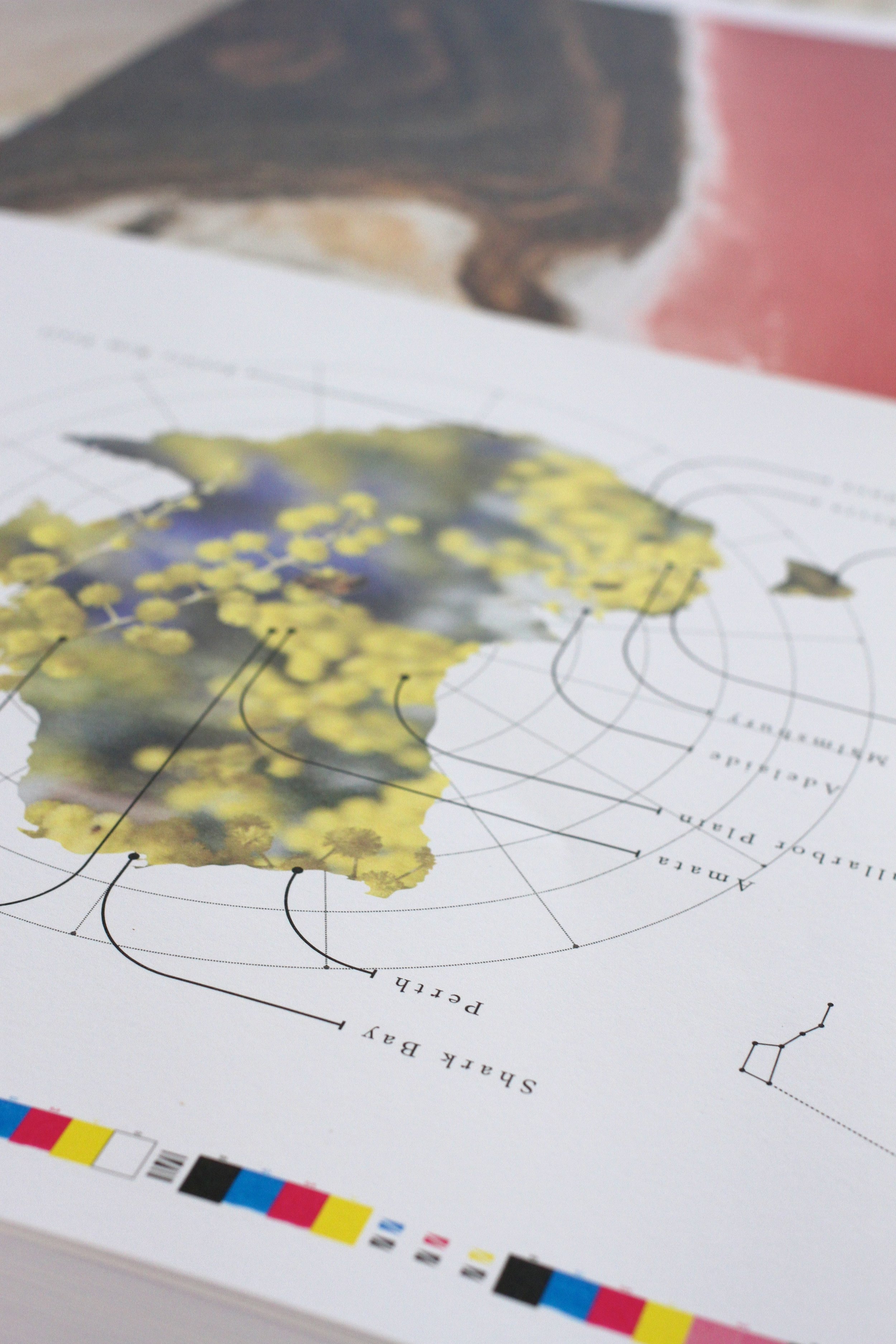


















Our interview with Thomas Harrison - the Lodestars Anthology designer.